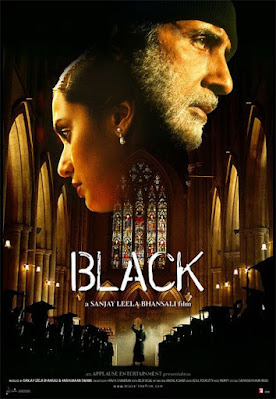This blog is written as a response to a task assigned by Prakruti ma'am, Department of English MKBU. In this blog there is discussion on Mahesh Dattani's play 'Final Solutions'. In this blog there is a discussion on the experience of drama performance of 'Final Solutions' play.
 |
How does Mahesh Dattani manipulate time and space within the dramatic framework of Final Solutions to create meaning? Explore the interplay of these elements with specific reference to the stagecraft techniques employed by the playwright.
Ans: In the play we find the past and the present of Hardika. When she came to her in-laws home newly married and the experience of her still reflected on the stage through the memory of Hardika. Dattani wonderfully captures the past and the present in his play. In the beginning of the play we might wonder why the Ramnik was so eager to give a job to the Javed but lately we know that the shop belongs to another persona and they burnt the shop and took that from Muslim family. The regret that Ramnik suffers makes him do something good for Javed.
In Javed’s case there is a past that he also suffers from. He was a person who was one of the troublemakers in the riots but now he has changed. But others do not let him forget that accident, his humanity does not allow him to kill the Poojari. His background incident in childhood also made him follow such a path but he was misguided. This story told by Bobby adds sympathy for Javed in the audience's heart.
There is a wonderful role that is given to the chorus, that becomes the public sometimes they become the members of Hindu and Muslim crowd. This shows the hatred of the people among various religious groups.
Examine the complexity of guilt experienced by the characters in the play. How does this emotion shape their actions and relationships?
Firstly the character who is more in guilt is Ramnik, because he knows what his father has done to the shop of a Muslim family. So time and again tries to give a job to Javed to get out from the guilt. In the story we also find that due to his guilt he gives shelter to Javed and Bobby.
In Javed’s character there is also a guilt that he was associated with the group that spreads riots. In that he knows whatever he did was wrong but he justified it with what happened to him in childhood.
At last when Hardika gets to know about the wrong deed of her family, she also feels guilty and she asks Ramnik why did he not tell her that before. And he replies that now she only has to live with that for a few years.
Smita also regrets that she misbehaved with Javed in anger, later she gets to know about the past and she feels sorry for him.
Reflect on your journey through Final Solutions as a student of theatre. How did the process of studying, rehearsing, and performing this play shape your understanding and appreciation of theatre?
In the workshop we read the whole play with intonation. There we get to know about the characters and their way. We also tried to read between the lines, and get the essence of the play. In the performance there is altogether a different story, there we have to remember the dialogue.
On the first day when I got to know about my role I gave up on the first day, that I thought I could not remember all the dialogue. But later on I was able to remember the dialogue and then only I was able to put my emotions into that.
While practising the scene with others I also learned to be patient, sometimes I forgot the dialogue sometimes others also forgot the dialogue, at that time we supported each other and gave prompts to one another. I learned to cooperate with others and work as a team.
On the performance day I was a little nervous, in the final rehearsal I performed not quite not well, that makes me more nervous. But in the final performance I performed quite well, so many people praised me. I was happy and satisfied with my performance.
Words: 668
Images: 3









.jpg)

